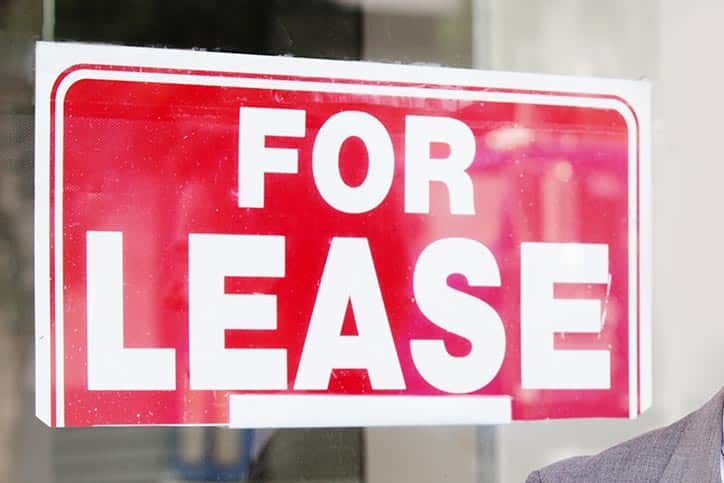Leasing a commercial space is one of the first steps in starting a new business or expanding an existing business. While leasing commercial space seems straightforward, there are several important aspects of the process that can be complicated. With that said, we have broken down the process into these major steps.
Step 1: Assess your business
When you are looking to lease commercial space, it is important to understand what you need out of the space to help your business develop. In order to assess your needs, it is important to ask the following questions:
What type of space should I lease?
Office
Retail
Industrial
Land
How much space do I need?
Where should I locate my business?
What is my budget?
How do I want the space laid out?
Answers to these questions will come as you truly break down your business practice. While some businesses rely on high traffic volume, other businesses depend on empty streets to conduct their operation. There are several factors that go into assessing your business and finding the right commercial property for your needs.
Step 2: Search for properties that meet your needs and budget.
Unfortunately, searching for commercial space is not an easy task. In today’s Commercial Real Estate landscape, there are several platforms to advertise commercial properties. At the same time, certain properties and characteristics will have a waiting list of companies and individuals before they start marketing the property. This is why it is important to search online and print advertisements for new listings that may fit your needs. So, it is important to know where to look for commercial space to rent. At L&P Commercial, Bill and Stephen are regularly informed of on market and off market properties that are available. So we encourage tenants to engage our team in order to help locate your next business location.
Step 3: Set up Showings
Once you or your agent have identified potential properties, it is time to call the listing agent or landlord to set up showings. In commercial leasing, it is common for the landlord or landlord’s representative to be present at showings with the tenant and the tenant’s representative. This is helpful for the tenant, because you have an opportunity to walk the property and ask the questions you need to feel comfortable leasing the space.
Step 4: Negotiate the Letter of Intent (LOI) or Lease Proposal
Prior to drafting a lease, the landlord and tenant should negotiate the major details in a letter of intent (LOI) agreement. These main details include, lease term, lease type, lease amount, buildout details, tenant improvement allowance, and commencement date. Agreeing to these details before a lease is drafted can save both groups time and attorney fees. Understanding the market is crucial to negotiating fair terms in the letter of intent. If you or your agent understands the market, then you may be able to generate leverage and negotiate more favorable lease terms. Letter of Intent agreements can be misleading, so it is important that you understand the details of the agreement and have your attorney review the agreement before you execute.
Step 5: Executing a Lease
Once a letter of intent is executed, the landlord or its representatives will draft a lease that highlights and expands on the letter of intent. It is always recommended to hire a real estate attorney to review your lease prior to executing. Leases can be very straightforward, and they can be very complicated. It is important to get the support you need upfront in order to avoid expenses down the road. In order to fully execute a lease, the tenant will often have to deliver a check with a security deposit and or first months rent. These terms are all negotiable.

